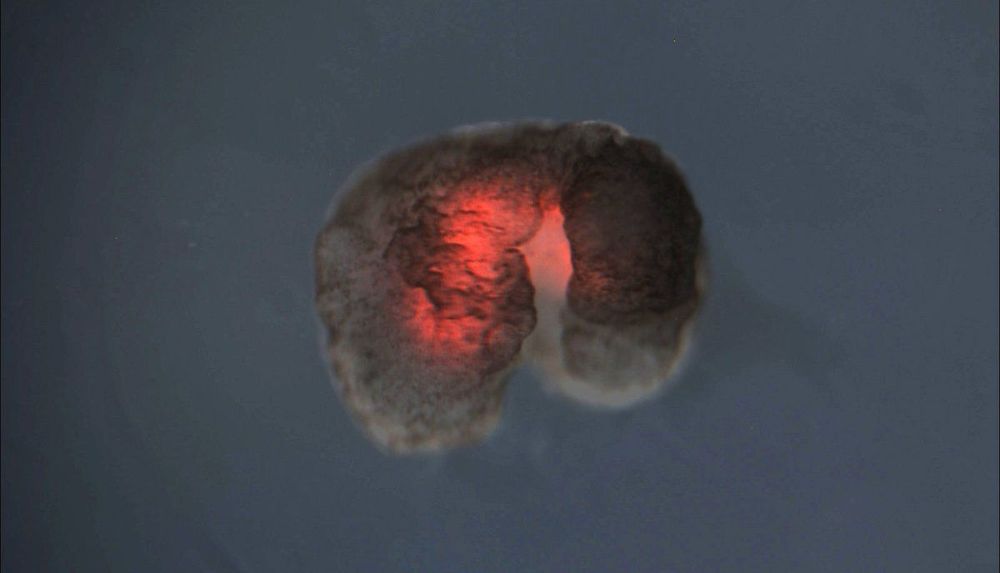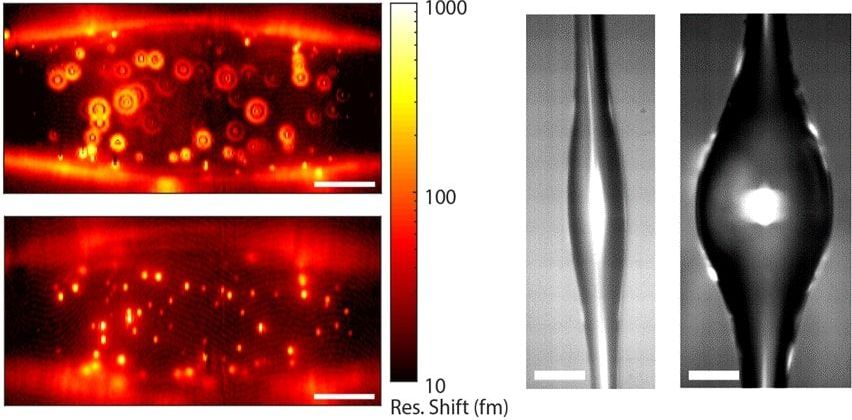It’s no surprise that the world is wasting billions of dollars on food, throwing out un-recycled trash, and filling landfills with other odds and ends. In fact, according to the Environmental Protection Agency, as of 2012 Americans generated 251 million tons of trash or garbage. Yikes!
There are creative ways to reduce the amount of waste such as source reduction, recycling, or even composting. A few people in the world strive to live an almost complete waste-free lifestyle by the practice of humanure.
We see refuse receptacles at work and around public places. However, even when garbage and recycle bins are available, some folks choose to throw away trash mindlessly by littering. What if there was a way to help reduce waste that goes beyond making sure trash gets into a bin?








